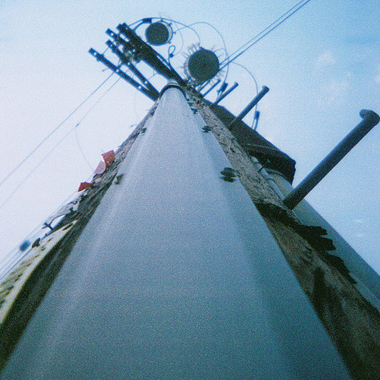
Categories
- All (57)
- Uncategorized (4)
- Sustainability (1)
- Engineering (25)
- Fundamentals (12)
- Services (11)
- Tenant Coordination (3)
- Facility Operations (5)
- Energy Solutions (3)
Tags
- All (57)
- HVAC (3)
- Safety (5)
- Retail Design (1)
- National Electric Code (2)
- Fire Protection Agency (2)
- Electrical Engineering (15)
- Mechanical Engineering (11)
- Boiler Room (5)
- Expansion Tanks (1)
- Equipment Layout (1)
- Calculations & Formulas (3)
- Rules of Thumb (1)
- NEC (1)
- Workplace (1)
- Facility Operations (7)
- Lighting (4)
- Kitchen (1)
- Energy Audit (1)
- fire protection (1)
- Plumbing (2)
- Restroom (1)
- Right-Sizing (4)
- Code (1)
- Vs. (1)
- ADA (1)
- Universal Design (1)
- Grease (1)
- Bid Documents (1)
- Before You Build (1)
- Air Conditioning (4)
- LEED (2)
- Water Treatment (2)
- Odor Control (2)
- Food Court (1)
- Restaurant (1)
- Tenant Coordination (15)
- Piping (2)
- Products (1)
- Energy (1)
- Commissioning (1)
- Leasing (1)
- Curb Adapter (1)
- Rooftop (1)
- Central Plant (2)
- Comfort Issues (1)
- Circuits (1)
Archives
208 or 480 Volt Service?
Posted on in Engineering, Fundamentals
Selecting an electrical distribution voltage for a multi-tenant commercial building is often based on prior lease agreements, previous projects, incomplete information, or intuition. Our research provides guidelines with economic justifications. Each type of service has its advantages. 208V requires less electrical equipment in the Tenant lease space and is therefore less expensive for the Tenant. […]
read more

How to Request an Electrical Service
Posted on in Fundamentals
Requesting an electrical service for a project is a process that can be completed by anyone involved with the project, including architects, engineers, tenants, or property owners. There are several ways to apply to start an electrical service, including an online form on the energy company’s website, a phone call to an energy company representative, […]
read more

Be Careful: All About Arc Flashes
Posted on in Fundamentals
Sometimes, things go wrong. But, as electrical engineers, it’s our job to prevent errors, injuries, or worse – catastrophes. One of the problems that can occur when a piece of equipment is being worked on is arc flash – which is a dangerous release of energy. What Causes Arc Flashes? Arc flashes are caused by […]
read more

What is Daylighting?
Posted on in Sustainability, Engineering, Fundamentals
Daylighting is the controlled admission of natural light into a building to reduce electric lighting and save energy. Daylight can enter a space through several architectural elements, including windows, skylights, roof monitors, and clerestories. Each of these elements creates a daylighting zone, which must be controlled with a daylighting responsive lighting control system in order […]
read more

Electrical Engineering : What is Dirty Power?
Posted on in Engineering, Fundamentals
“Dirty power” is an abnormality in the power quality that is being delivered to a system. These abnormalities can include low power factor, voltage variations, frequency variations, and surges. All electrical systems are based on a supply of power at a certain voltage and frequency. Equipment and electronic devices are chosen based on this expected […]

 Previous STORY
Previous STORY